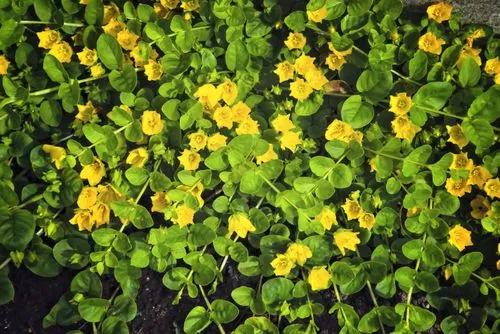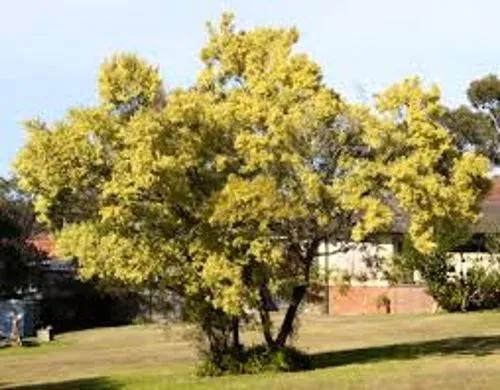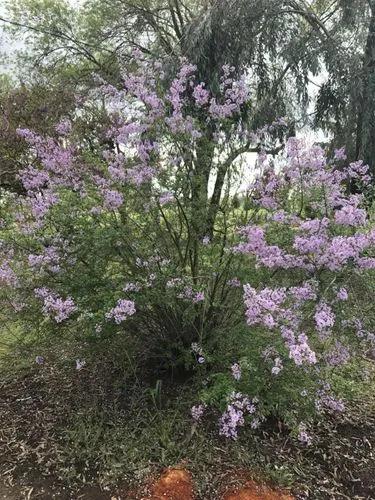You can shape and mold it however you please; this low-maintenance shrub will surprise you with its versatility and beauty. Its white flowers have a long tradition of walking brides down the aisle.
Myrtus Communis Brautmyrte Care
Myrtus communis
Other names: True Myrtle



Native to Europe and North Africa, this shrub is vastly spread throughout the Mediterranean region and is currently grown worldwide. It occurs naturally in forests and woods, and in the wild, it can live up to 300 years.
It has a dense top and many branches, dark green leathery leaves, and its identification is made better through its white five-petaled flowers white many stamens. It bears berry-like dark blue fruit that resembles blueberries in shape and color. It flourishes in spring, from June to October.
This shrub can be used for fences or ornamental gardens and can be manipulated to become a bonsai. It is fast-growing at the beginning of its life and will slow down after a few years. It is low maintenance, and leaves can be crushed for a fragrant essential oil. This plant is also known for its medicinal and culinary applications.
How to Care for the Plant

Water

This plant is drought resistant. It needs watering at least once a week during the dormancy of cold periods and up to 5 watering a week during hot weather or sandy environments.

Pruning

It usually doesn’t grow above 10 feet (3 m) but can sometimes reach 16 feet (5 m) so prune according to personal preferences. Since this plant can be molded into bonsais, low and spreading bushes, or upright trees, pruning will mostly be a question of aesthetics.

Fertilizer

Not required.

Sunlight

This plant thrives in full sun to partial shade (6 or more hours of direct sunlight).

Soil

It prefers dry and well-drained soil that is still able to retain some moisture and is poor in organic matter.

Propagation

Propagation can be done by seed in winter and by cuttings in June and July.

Temperature

Myrtle Tree prefers warm temperatures but has a high tolerance to both hot and cold temperatures. It can sustain temperatures until 16 ºF (-9 ºC), but buds will die of frost burns below 43 ºF (6 ºC). The ideal temperature range is 60-78ºF (16-26 ºC).

Container

Depending on the desired effect, containers should be chosen accordingly, as bonsais and regular-sized trees require different pots.

Fun fact

It was considered a symbol of Aphrodite and Venus in Greek and Roman mythology, respectively. It is currently still associated with brides, innocence, love, and other feminine figures, as it is used in brides’ bouquets and, in some languages, is known as brides’ myrtle.

Additional

Myrtus communis has no toxic effects reported.

Popularity

115 people already have this plant 24 people have added this plant to their wishlists
Discover more plants with the list below
Popular articles






